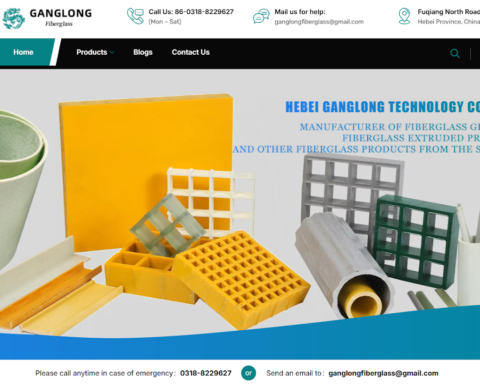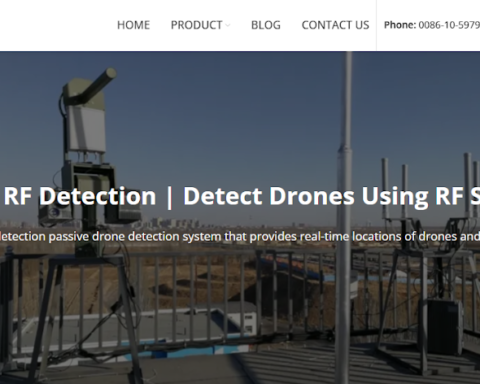Post Preview
Introduction to CPQ and Data Analytics
In today’s fiercely competitive business landscape, the importance of Configure, Price, Quote (CPQ) software cannot be overstated. CPQ systems are indispensable tools that simplify complex product configurations, generate accurate pricing, and expedite the quoting process. Integrating robust data analytics into these systems revolutionizes how businesses approach CPQ pricing. By harnessing data analytics, companies can tailor their pricing strategies more precisely, enhancing overall efficiency and profitability. But how exactly does data analytics influence CPQ pricing? Let’s delve deeper.
The Synergy Between CPQ and Data Analytics
CPQ systems are meticulously designed to streamline the process of configuring products, determining prices, and generating accurate quotes. However, the real magic unfolds when data analytics is intricately woven into these processes. Businesses can develop pricing strategies that maximize profit while meeting customer demands by analyzing historical sales data, customer behavior, and market trends. This synergy between CPQ and data analytics transforms raw data into actionable insights, enabling businesses to respond swiftly and effectively to market dynamics.
Dynamic Pricing and Real-Time Adjustments
One significant advantage of integrating data analytics with CPQ pricing systems is the ability to implement dynamic pricing. Unlike static pricing models, dynamic pricing enables companies to adjust prices in real time based on factors such as demand fluctuations, competitive actions, and inventory levels. For instance, prices can be adjusted during peak seasons to reflect higher demand, ensuring optimal profit margins. Conversely, during low-demand periods, prices can be reduced to stimulate sales. This level of responsiveness ensures that businesses remain competitive and that inventory management is optimized.
Benefits of Using Data Analytics in CPQ
Leveraging data analytics in CPQ brings a plethora of benefits beyond dynamic pricing. One of the foremost advantages is the ability to identify upsell and cross-sell opportunities. Businesses can recommend complementary or higher-value products by analyzing purchase patterns and customer preferences, thereby boosting revenue. Additionally, data analytics provide deep insights into customer behavior, helping firms refine their product offerings to meet specific customer needs. This customer-centric approach enhances the shopping experience and fosters customer loyalty and repeat business.
Predictive Analysis for Future Trends
Predictive analysis is another powerful benefit of data analytics in CPQ. By leveraging advanced algorithms and machine learning models, businesses can forecast future trends and proactively adjust their strategies. For example, predictive analysis can help anticipate seasonal demand fluctuations, enabling firms to adjust their inventory and staffing levels accordingly. This foresight allows businesses to stay ahead of the curve, ensuring they are well-prepared for market developments.
Data-Driven Decision Making
At the core of integrating analytics with CPQ systems is data-driven decision-making. Businesses can use data to make informed decisions instead of relying on gut feelings or intuition. This shift towards data-driven decision-making has far-reaching implications, from optimizing pricing strategies to enhancing product development and marketing efforts. By basing decisions on actual data, companies can reduce risks, improve accuracy, and achieve better outcomes.
Enhanced Customer Personalization
In today’s market, customers expect personalized experiences. Data analytics enables businesses to deliver on this expectation by providing insights into customer preferences and buying behaviors. With this information, companies can create tailored experiences that resonate with each customer. Personalized recommendations, targeted promotions, and customized pricing are ways data-driven personalization can enhance customer satisfaction and drive loyalty.
Challenges in Implementing Data Analytics for CPQ
While the benefits of integrating data analytics with CPQ systems are clear, the implementation process is challenging. One of the primary challenges is ensuring data integrity. Accurate and complete data is critical for practical analysis. Precise only or complete data can lead to precise pricing strategies, adversely affecting the business. Furthermore, the sheer volume of data generated can be overwhelming, necessitating advanced analytics tools and skilled professionals to interpret and manage it.
Overcoming Data Silos
Data silos are another significant challenge that businesses face. These silos occur when data is isolated within different departments or systems, making it difficult to get a unified view of the organization’s data landscape. Breaking down these silos to create a cohesive and comprehensive data set is essential for accurate analysis. Implementing a robust data management strategy that includes data integration, cleansing, and standardization can help overcome this challenge, ensuring data quality and consistency across the organization.
Real-World Applications and Case Studies
Several companies have successfully integrated data analytics into their CPQ systems, achieving remarkable results. For example, a leading electronics manufacturer utilized data analytics to fine-tune their pricing strategies based on customer segmentation and purchasing history. By analyzing customer data, they could identify distinct customer segments and tailor their pricing and promotions to each segment’s needs. This approach increased their market share and improved customer satisfaction and loyalty.
Case Study: Electronics Manufacturer
The electronics manufacturer implemented a data-driven approach to pricing, leveraging historical sales data and customer behavior insights. The company could offer targeted promotions and personalized pricing by segmenting its customers and understanding their purchasing patterns. This strategy resulted in a significant increase in sales and a higher customer retention rate, demonstrating the powerful impact of data analytics on CPQ systems.
Future Trends in CPQ and Data Analytics
The future of CPQ lies in the continued integration of advanced data analytics and AI. As technologies evolve, we expect to see even more sophisticated pricing models that factor in real-time data, predictive analytics, and machine learning algorithms. These advancements will enable businesses to stay ahead of market trends, respond swiftly to changes, and maintain a competitive edge. Embracing these emerging technologies will be crucial for companies looking to optimize their CPQ systems and achieve sustainable growth.
AI and Machine Learning Integration
Future CPQ systems will increasingly incorporate AI and machine learning to provide deeper insights and more precise pricing strategies. These technologies will enable real-time data processing and autonomous decision-making, making CPQ systems more efficient and effective. For instance, machine learning algorithms can analyze vast amounts of data to identify patterns and trends, enabling businesses to make data-driven decisions more accurately and quickly. This integration will revolutionize how businesses approach CPQ, driving innovation and growth.
Conclusion: The Path Forward
Incorporating data analytics into CPQ systems is no longer a luxury but a necessity. As businesses strive to provide personalized customer experiences and optimize pricing strategies, the synergy between CPQ and data analytics will become more pronounced. By leveraging the power of data, companies can navigate the complexities of modern markets, make informed decisions, and drive sustainable growth. The future of CPQ is data-driven, and businesses that embrace this shift will be well-positioned to thrive in the competitive landscape.
Keep an eye for more news & updates on EssentialTribune.Com!








